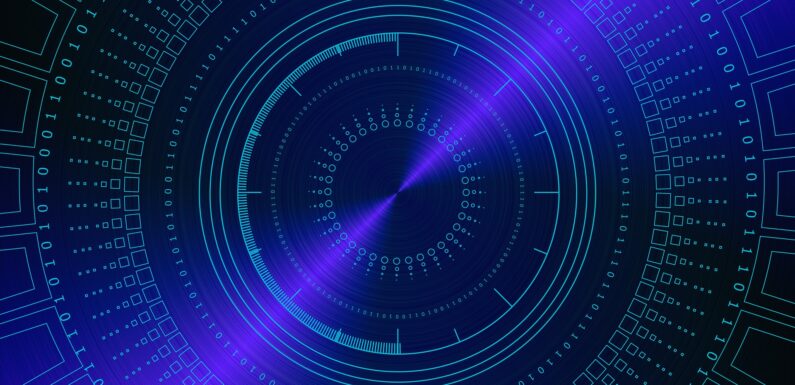
In the blockchain realm, Web3 is making waves. But what sets it apart from Web2? We must go back to the basics and examine the differences to understand. So, let’s dive deep into the fundamentals of the Web and explore the contrasts between Web2 and Web3.
Web1
Web 1.0 marked the dawn of the internet (1990-2005). It was a static and read-only era where users couldn’t share their opinions. Surprisingly, users were charged based on the pages they visited. MySpace, Google, and Yahoo all took part in this practice.
Web2
The internet has come a long way since the early days of static web pages. Web2, the current iteration of the internet, has transformed the online landscape by enabling dynamic content and real-time interaction. Thanks to technologies like JavaScript, HTML, and CSS, developers can create immersive apps that allow users to engage with content like never before. Moreover, Web2 is about user interaction, allowing individuals to produce and share content with a global audience. Social media platforms like Facebook, Instagram, Twitter, and YouTube are prime examples of this interactive model in action.
Web3 (The Future)
The web world is abuzz with the term “Web3” as the next big thing. Web3, also known as the Semantic Web, builds on the foundation of Web2 by leveraging complicated software and AI. Its objective is to provide a more reliable and data-driven user interface. Alongside the Semantic Web, Web3 embraces blockchain technology, metaverse, cryptocurrencies, and NFTs. The goal is to empower users to access, share, and integrate information easily.
While the Semantic Web remains an essential aspect of Web3, blockchain enthusiasts have expanded its scope to include much more. The Metaverse is one such concept that has gained significant traction. In addition, cryptocurrencies and NFTs have also become an integral part of the Web3 ecosystem. As Web3 continues to evolve, we can expect even more exciting innovations that will shape the future of the internet. Stay tuned for more updates.
What Is the Difference Between Web2 and Web3?
Although Web2 and Web3 employ comparable technologies, they tackle challenges in distinct ways. While Web2 seeks to link individuals, Web3 amalgamates data with significance and enhances trust via decentralization.
Some of the distinctions are as follows:
Security
The centralized model of Web2 involves the governance and operation of application delivery, cloud services, and platform by centralized authorities. In contrast, Web3’s decentralized nature has brought about a shift towards edge computing, peer-to-peer interactions, and distributed consensus. These concepts are now gaining prominence within the Web3 ecosystem.
Currency
While Web2 transactions use government-issued currencies like the US dollar, Web3 operates differently. Web3 utilizes cryptocurrencies like Ethereum or Bitcoin for payments and transactions.
Speed
Web2 transactions happen quicker than Web3 transfers. With Web2, data is sought from a centralized location. On the other hand, Web3 distributes ownership among multiple parties (decentralization).
Technology
Web2 utilizes AJAX, JavaScript, CSS3, and HTML5 to facilitate user interactions and enhance web functionality. On the other hand, Web3 leverages cutting-edge technologies such as AI, deep learning, and decentralized systems to create a more sophisticated and secure web environment.
How Can Users Benefit From Web3?
The decentralized nature of Web3 is its most important benefit. Here are some more applications:
More Privacy
Web3 provides greater security. Users have total control over their data and may choose whether to make it public or private.
Security
Web3 employs distinct blockchain technology and operates as a self-governed system, making it more secure than its predecessor.
Connectivity
The Semantic Web is closely linked with data, making it an integral part of Web3 and improving the user experience by utilizing all available data. This level of connectivity is unprecedented and sets Web3 apart from its predecessors. With decentralization at the forefront, blockchain and smart contracts will facilitate the development of decentralized apps, enabling distributed applications across the Web3 landscape.
Play-to-Earn Gaming
Web3 has revolutionized the gaming industry with its innovative data-sharing network model. The integration of blockchain technology has paved the way for new trends in Web3. One such trend is Play-to-earn (P2E) gaming, where players can earn a legitimate income while playing games. It may sound too good to be accurate, but games like Axie Infinity lead the way in the P2E space, making it a popular choice among gamers. So, get ready to level up your gaming experience with Web3’s cutting-edge technology.
Conclusion
As Web3 undergoes continuous evolution and refinement, its core values of decentralization, automation, and intelligence will likely remain the building blocks for future developments. Web3 encompasses many possibilities, from NFTs to play-to-earn games, and represents the internet’s next frontier. With its potential to revolutionize our financial systems, social interactions, personal identities, and more, Web3 is poised to become an integral part of our digital lives shortly.



